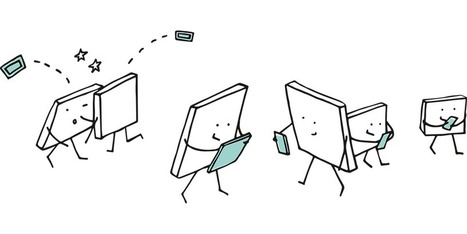This post is a personal example of social learning and serendipity which led to learning about how acrostics can be used and the creation of three animated videos.
Last week I was following the conference hashtag #AHEConference2019 for the international Assessment in Higher Education conference and wishing I was there in person. However thanks to the many colleagues tweeting I was able to pick up some interesting points being shared. Two tweets in particular shared photos of slides for two of Professor Sally Brown’s presentations in which she had created acrostics to explore principles for feedback in one and learning outcomes in another.
Via Elizabeth E Charles



 Your new post is loading...
Your new post is loading...















